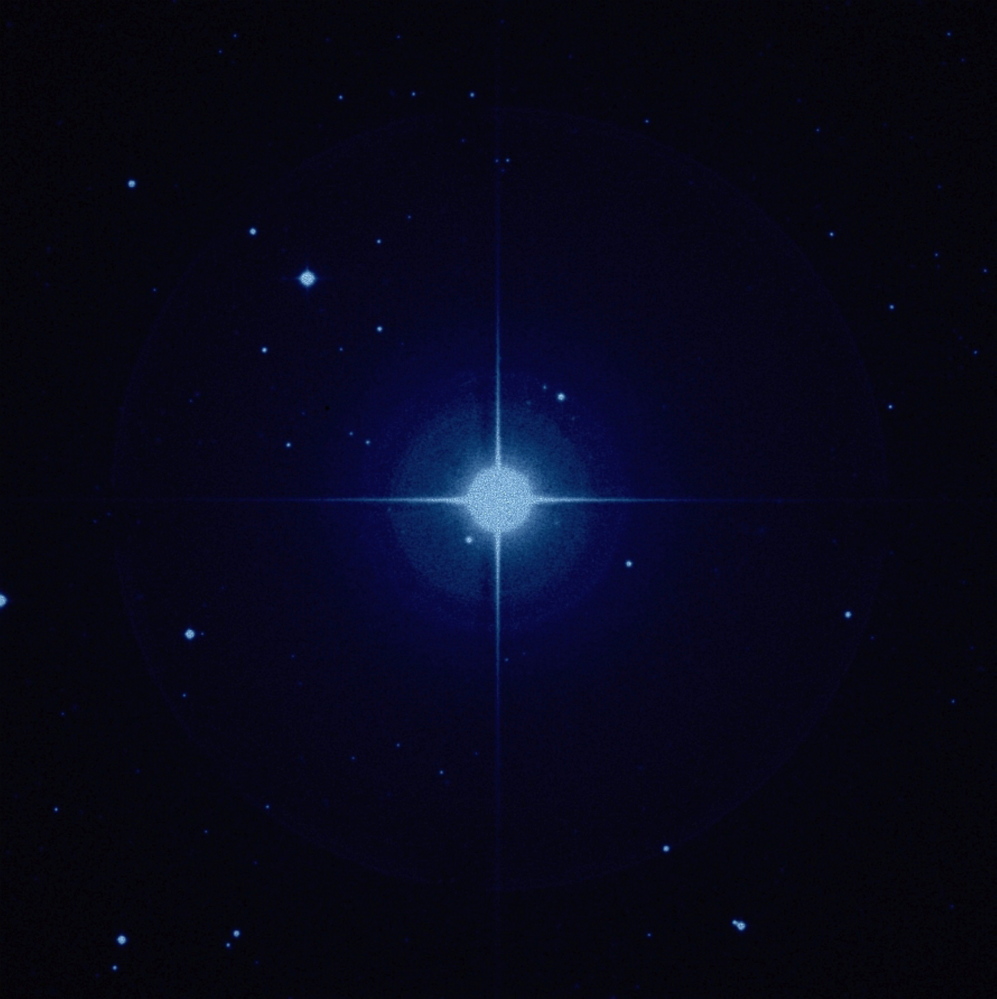Deep winter is bearing down on us again. After a certain number of years, it starts to have a sort of mythological shape in your mind.
Just around the time the holidays close down, that apparently interminable stretch from December to March seems to be peering over the northern horizon with dragon eyes. For months it will be too much trouble to clamber over walls of plowed up snow to get to the Shed and its creaking floorboards, only to forget what brought me there in the first place.
In a way the iciness of deep winter lives in the idea of “north.” It’s where the cold comes from, and certain stars reflect it all year round, especially Polaris, which marks almost exactly true north. Even in summer it looks bluish-white and icy itself up there. Who knows which came first, the cold white star or the cold white apprehension of inevitable winter.
Anyway it doesn’t matter because a lot of northern stars will do for the idea of cold. Ursa Major — the Big Dipper — wheels around the pole all year, never setting, in tandem with Ursa Minor, the Little Dipper, where Polaris is the tip of the handle. They shine brightest on cold nights, and have done so for millennia and longer. Polaris is the central axis around which the whole sky turns.
The central axis for now, that is. Similar to the way the seasons eternally turn, the stars also turn, not just nightly from east to west as the Earth rotates, and yearly, as the Earth revolves around the sun, but also in a much longer cycle where the northern (and southern) stars travel a great circle. Polaris, in other words, was not always the pole star. About 2,500 years ago, Kochab, one of the bright stars in the Little Dipper’s bowl, was nearer true north than Polaris.
“True north,” in my parlance, is at the top of an imaginary line or axis running through the Earth perpendicular to the sun. The Earth’s spin, however, is not exactly along that axis. It’s tilted about 23.5 degrees. In other words, the North Pole does not point at true north — it’s 23.5 degrees off the perpendicular to the sun. This tilt gives rise to the seasons, as our hemisphere tips into the sun’s warming rays in summer, and away from them in winter.
And not only is the Earth tilted, but it’s slowly wobbling, like a gyroscope knocked off its up-and-down balance. The wobble is called precession. One full wobble takes a bit less than 26,000 years. This means the northern stars appear, over these thousands of years, to make a great circle. So every few thousand years a different star marks true north.
In our time, Polaris is within a degree or so of north. But around 500 B.C. (2,500 years ago), Kochab was nearer north. Around 3000 B.C. (5,000 years ago) Thuban, in the constellation Draco, the Dragon, was the pole star. About a thousand years from now, the star Alrai in the constellation Cepheus will mark true north. In 14000 A.D., Vega will be within about 5 degrees of north. And after one full wobble, in 27800 A.D., Polaris will again be the North Star. This has been going on for countless millions of years, the result of torque from the sun’s and moon’s gravitation on Earth’s bulging equator.
How long ago humans first noticed the great slow star-circle, forgot it, then relearned it, no one knows. The entryway of Egypt’s Great Pyramid, which seems to have been built around 2800 B.C., aims exactly north, which in those days would have been marked by Thuban. This is not evidence the Egyptians knew about the great year, necessarily. But records or handed-down memories from that time indicating the positions of stars would, after a few hundred years, reveal the stars were changing position in slow circular motion. Plato in about 370 B.C. referred to the great year. And some scholars think mythological stories contain coded information about the stars, the great year and more. Stories that could be 50,000 years old or older, some of which are still remembered today but whose figurative codes are forgotten. It may have been foreseen that Thuban ages hence would return to north.
Thuban is a strange star, in the view from my driveway. It’s the alpha star of Draco even though it’s not the brightest in that constellation. Its name is Arabic for serpent, which makes sense, but it came by it through repeated medieval copying mistakes from the Arabic phrase “r’as al-tinnin,” the serpent’s head. It’s classified as a white giant, a type of star rarely seen. It’s cold-looking. Distant-seeming even beyond its faint proximity to the bowl of the Little Dipper, like an echo of something, a cycle of time so slow it was forgotten. It’s lean and hungry, and projects a boreal chill.
Or am I projecting my own chill? I don’t know. I can’t even remember how I got here. I only know it’s winter again, the trees and branches will be cracking and moonlight soon will refract through icicles and frost, while Thuban and Polaris watch.
Dana Wilde lives in Troy. Some of his writings on the stars, planets and galaxies are collected in “Nebulae: A Backyard Cosmography,” available from online booksellers or by contacting the author at naturalist@dwildepress.net. Backyard Naturalist appears the second and fourth Thursdays each month.
Send questions/comments to the editors.




Success. Please wait for the page to reload. If the page does not reload within 5 seconds, please refresh the page.
Enter your email and password to access comments.
Hi, to comment on stories you must . This profile is in addition to your subscription and website login.
Already have a commenting profile? .
Invalid username/password.
Please check your email to confirm and complete your registration.
Only subscribers are eligible to post comments. Please subscribe or login first for digital access. Here’s why.
Use the form below to reset your password. When you've submitted your account email, we will send an email with a reset code.